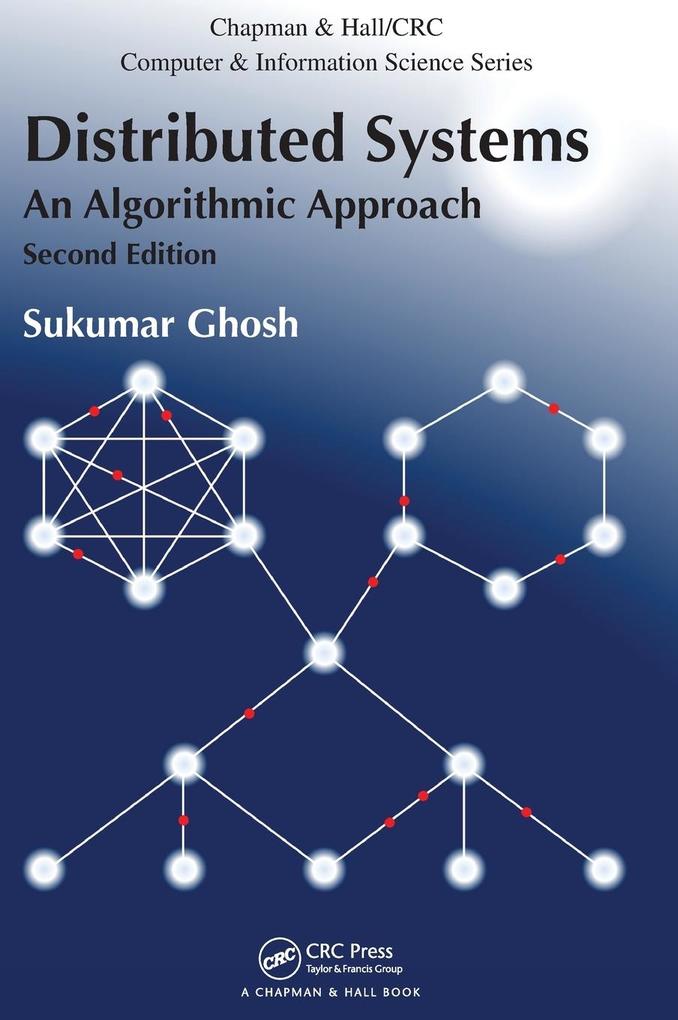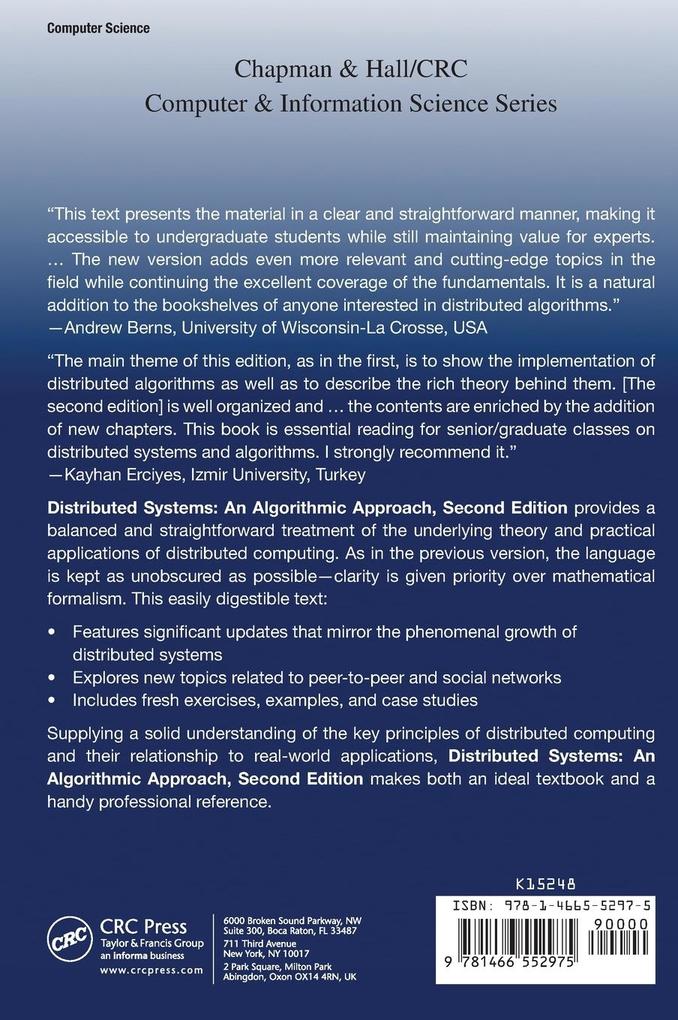
Zustellung: Di, 10.06. - Sa, 14.06.
Versand in 2 Wochen
VersandkostenfreiBestellen & in Filiale abholen:
This pivotal book provides a highly accessible, balanced treatment of the underlying theory and practical applications of distributed computing. As in the previous version, the language of the Second Edition is kept as unobscured as possible-clarity is given priority over mathematical formalism. Containing significant updates that mirror the phenomenal growth of distributed systems, this easily digestible text includes fresh exercises, examples, and case studies and explores new topics related to peer-to-peer and social networks. A solutions manual is available with qualifying course adoption.
Inhaltsverzeichnis
Section I: Background Materials. Introduction. Interprocess Communication: An Overview. Section II: Foundational Topics. Models for Communication. Representing Distributed Algorithms: Syntax and Semantics. Program Correctness. Time in a Distributed System. Section III: Important Paradigms. Mutual Exclusion. Distributed Snapshot. Global State Collection. Graph Algorithms. Coordination Algorithms. Section IV: Faults and Fault-Tolerant Systems. Fault-Tolerant Systems. Distributed Consensus. Distributed Transactions. Group Communication. Replicated Data Management. Self-Stabilizing Systems. Section V: Real-World Issues. Distributed Discrete-Event Simulation. Security in Distributed Systems. Sensor Networks. Social and Peer-to-Peer Networks.
Produktdetails
Erscheinungsdatum
05. August 2014
Sprache
englisch
Auflage
2nd edition
Seitenanzahl
556
Autor/Autorin
Sukumar Ghosh
Verlag/Hersteller
Produktart
gebunden
Gewicht
1154 g
Größe (L/B/H)
261/184/35 mm
ISBN
9781466552975
Entdecken Sie mehr
Bewertungen
0 Bewertungen
Es wurden noch keine Bewertungen abgegeben. Schreiben Sie die erste Bewertung zu "Distributed Systems" und helfen Sie damit anderen bei der Kaufentscheidung.











